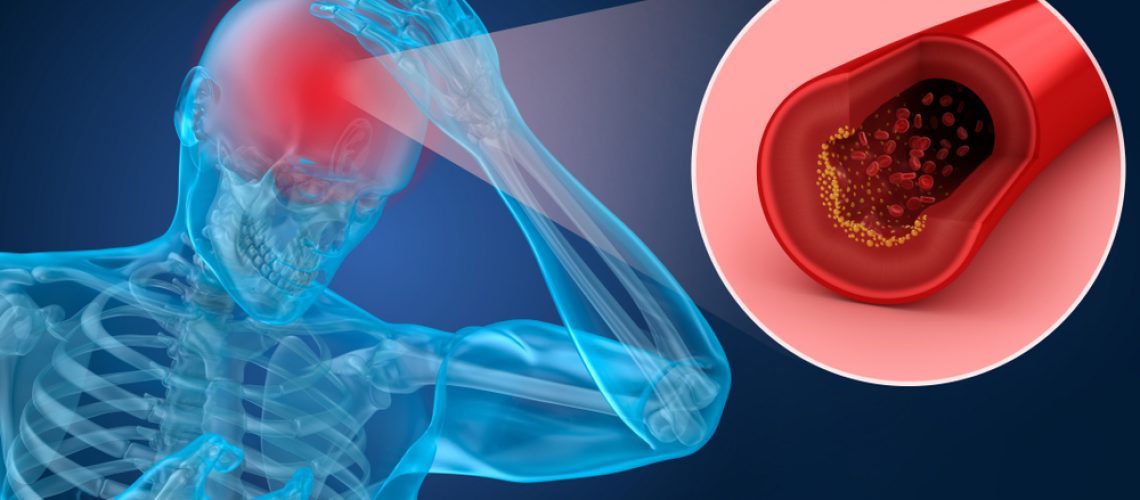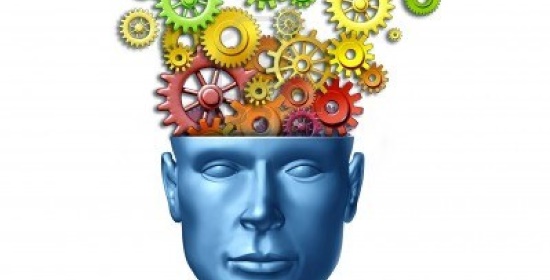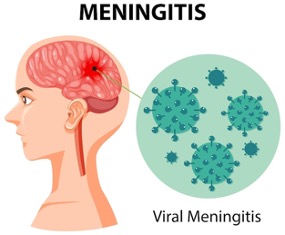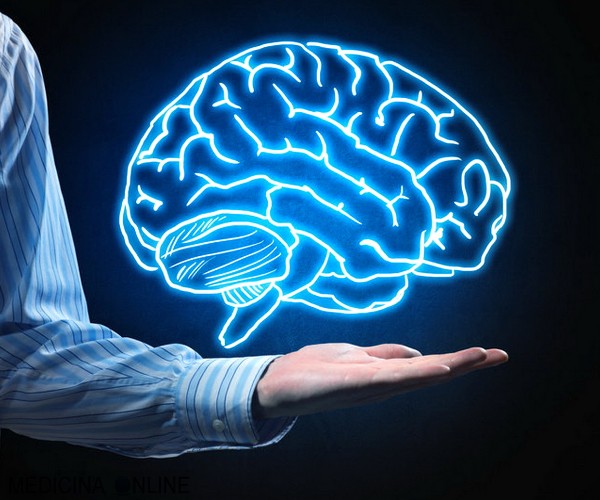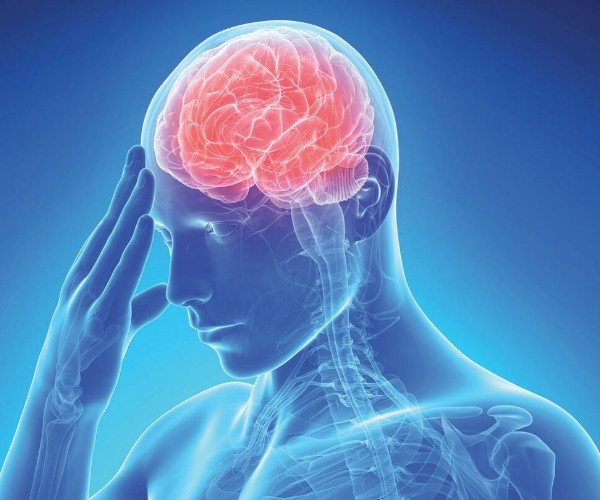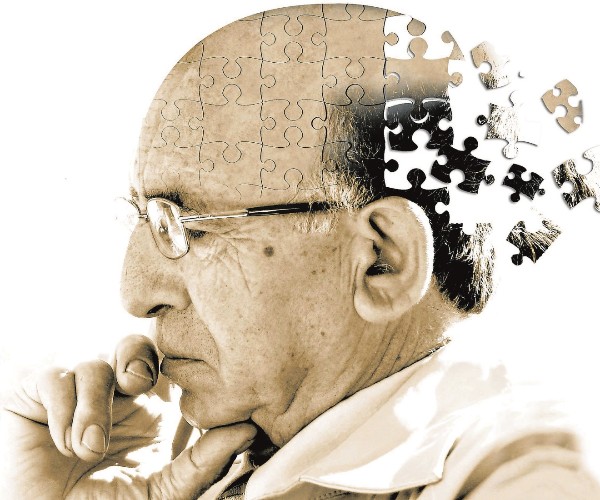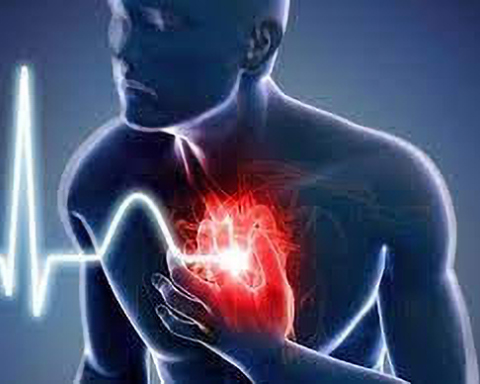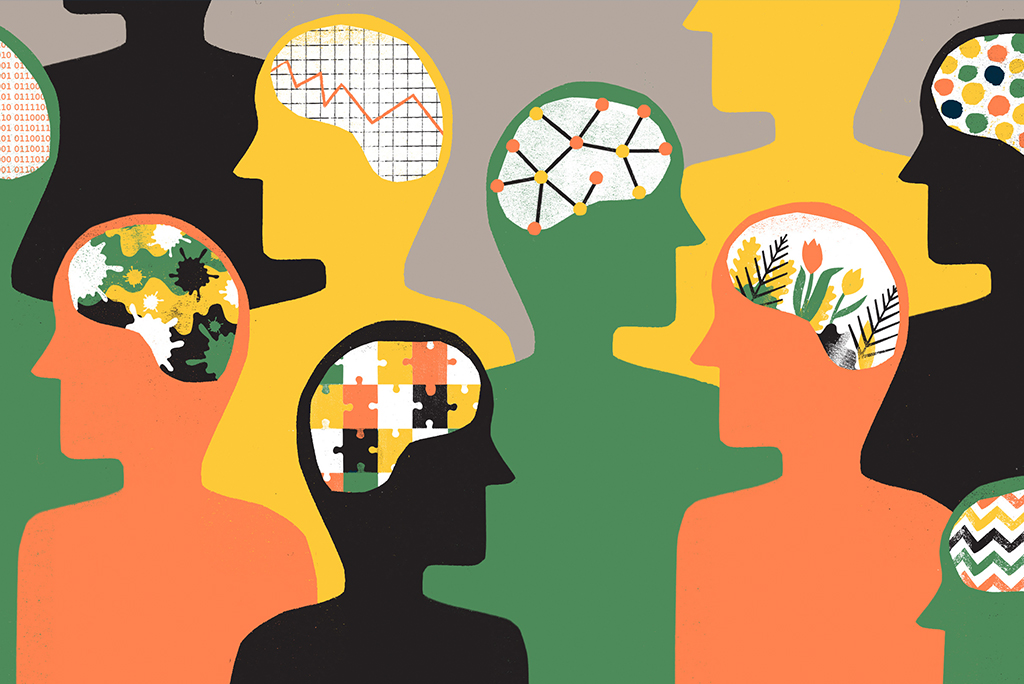Transient ischemic attack, or transient ischemia, (TIA) is defined as an episode of neurological deficit caused by focal cerebral ischemia with complete recovery within 24 hours. On average, the duration of a TIA is about 10 minutes.
The cause of TIAs is usually atherothrombotic in nature and is due, in particular, to the presence of platelet microemboli or fibrin-platelet material from atheromasic plaques. This material can temporarily interrupt blood flow within an artery. The resumption of blood circulation and, consequently, the disappearance of the neurological deficit may be due to the Rapid dissolution of emboli. It is also possible that functional recovery is due to the rapid establishment of a
anastomotic compensation circle.
.
In the case of TIA affecting the
vertebro-basilar system
mechanisms may be invoked hemodynamic type such as abrupt head movements, which in subjects with cervical spondylarthrosis result in a momentary reduction in cerebral blood flow by compression on the vertebral arteries.
The numbers
The annual incidence of TIAs is around
120 cases per 100,000 population
, but hard data do not exist because such manifestations are not often reported to the physician or do not always prompt the subject to go to the
emergency room
. Episodes of TIA may instead be reported to the physician during the course of the medical history after cerebral ischemia. The TIA is in fact a risk factor important short-term risk factor for ischemic stroke. The possibility of an ischemic stroke after a TIA is estimated to be approximately between 3-10% after two days, around 5% after 7 days and between 9 and 17% after 3 months.
Also in the case of TIAs, symptomatology is related to the arterial district affected and can be distinguished, depending on whether the
carotid territory
or the
vertebrobasilar
.
Symptoms
Major complaints include loss of strength in a limb or a right or left hemilateral, difficulty speaking (aphasia, dysarthria), dizziness, drop-attack (sudden fall to the ground due to failure of the lower limbs with preservation of consciousness), short-term memory impairment (Transient global amnesia).
It is necessary to be
great care
in advancing the
suspicion of TIA
, because the symptomatology reported by the patient could be confused with other conditions such as syncopal episodes, seizures partial, migraine with hemiplegia
I would like to emphasize again that TIA is a
neurological deficit without loss of consciousness:
therefore the affected person remembers the episode very well and is able to report it in great detail, as opposed to during epileptic seizure.
On the other hand, one cannot confuse a TIA with a cerebral stroke, even of modest magnitude, because in the case of a stroke the neurological deficits are of more than 24 hours’ duration: moreover, an ischemic brain lesion can be evidenced on CT (Computed Tomography) or MRI (Magnetic Resonance Imaging) brain.





